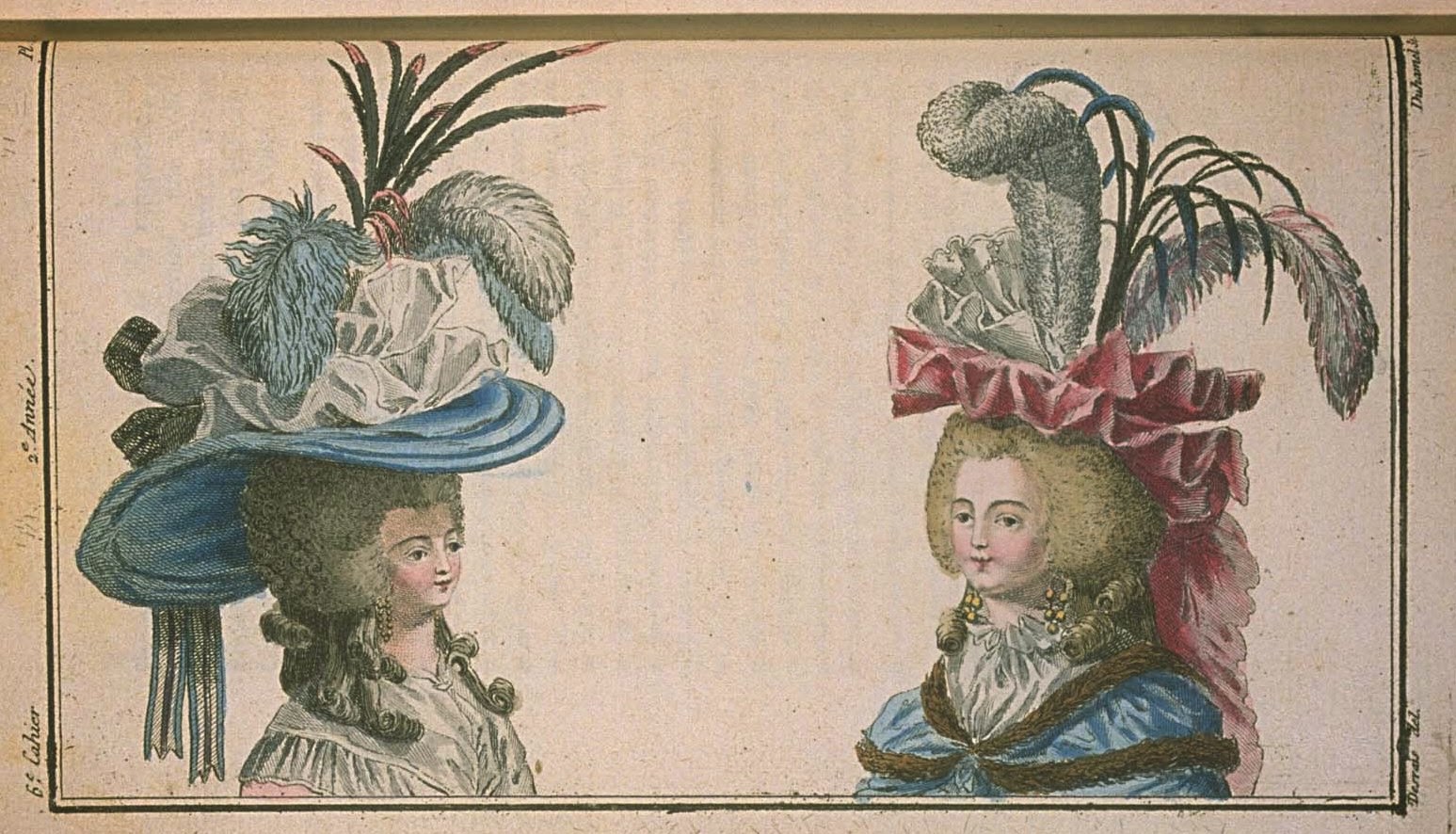Ca. 1866 Brown Gown - A Close-Up Look
Hello, everyone! It’s Cassidy, Mimicofmodes here, on Twitter, on Tumblr, on Reddit, and on Etsy. Anyway, I have a small but fantastic collection of historic clothing. Antique historic clothing, not pieces I’ve made. A few of the pieces I bought myself, at thrift shops and on eBay and Etsy, but most of it was very kindly given to me several years ago by a blogging friend, Natalie Ferguson . Unfortunately, I’ve never had the chance to do anything much with them – but I’m so excited to be able to share them with the world this way! My collection ranges from a late 18th century shift to a 1980s cocktail dress, with most pieces from the early 20th century. At first I thought I could show you this gorgeous Edwardian evening skirt – the bodice apparently didn’t survive, or maybe it was sold separately at some point – but it’s very delicate. I wouldn’t want to put it on my dress form. I also don’t have a large enough space on the floor to lay it out! However, I’m moving this winter...



